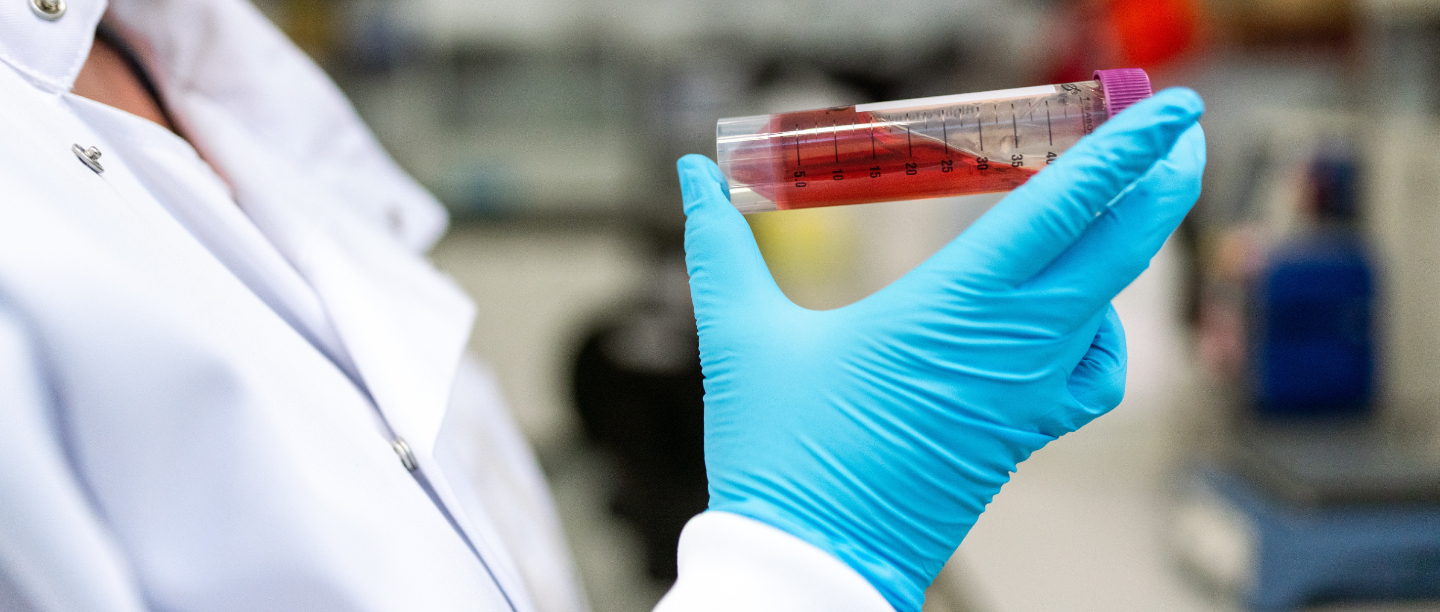With the coronavirus outbreak worsening day by day, doctors are relentlessly trying to find the right kind of treatment–from a combination of drugs to vaccines–to rid the world of the deadly virus. So far, over two million people worldwide have already been infected, while 177,688 have lost their lives. The best-case scenario would be a vaccine, but that is only expected to arrive in September if we are being hopeful.
One treatment that doctors are exploring is plasma therapy. According to news reports, a 49-year-old COVID-19 positive patient, who was the first to be administered plasma therapy to treat the virus at Delhi’s Max Hospital, Saket, has responded positively. According to the hospital, the patient is now off ventilator support and is recovering well.
Recently, the Indian Council Of Medical Research (ICMR) allowed states to start clinical trials of plasma therapy. Nearly 100 institutes across the country have shown an interest in studying how safe and efficient this therapy is in treating coronavirus patients. In fact, several states, including Kerala, Gujarat and Punjab have already started to use plasma therapy for COVID-19 patients.
Also Read: COVID-19 Carriers With No Symptoms Are A Big Challenge, Say Medical Experts
What Is Plasma Therapy?
Plasma Therapy is an experimental procedure for COVID-19 patients, which involves transfusion of plasma from a COVID-19 patient who has recovered from the disease into a coronavirus patient who is in critical condition.
How exactly does that help? Well, according to medical experts, the aim of this therapy is to transfer immunity from a healthy, recovered person to a sick patient using convalescent plasma. Hence, they use antibodies from the blood of a recovered coronavirus patient to treat a patient in critical condition. The recovered COVID-19 patient’s blood develops antibodies to battle against COVID-19. Once the blood of the first patient is infused to the second patient, those antibodies will start fighting against coronavirus in the second person.
How Does One Donate Plasma?

Shutterstock
According to Houston Methodist Hospital, the United States, the process for donating plasma is similar to donating blood and takes about an hour. The donors are hooked up to a small device that removes plasma, and at the same time returns the red blood cells to their body. The good news is that unlike blood donation, where the donor needs to wait for red blood cells to replenish before they can donate again, plasma can be donated more frequently, as often as twice a week. In fact, plasma drawn from one recovered person can help two patients at a time.
Also Read: On The Path To A Coronavirus-Free World: India’s COVID-19 Cases Now Doubling In 7.5 Days
A Ray Of Hope?
While plasma therapy has shown some promising results, doctors warn against jumping the gun and calling it the ‘cure for coronavirus’. Two trials of plasma therapy were conducted on 15 coronavirus patients, and they showed improvement. However, at this moment, the ICMR does not recommend this as a treatment option outside of clinical trials.
According to Dr Sandeep Budhiraja, Group Medical Director at Max Healthcare and Senior Director at the Institute of Internal medicine, it is too soon to claim that plasma therapy is the miraculous cure we’re all looking for. “We are delighted that the therapy worked well in his (49-year-old patient) case, opening a new treatment opportunity during these challenging times. But it is important that we also understand that Plasma Therapy is no magic bullet,” he said.
“During the patient’s treatment at Max Hospital, Saket, other standard treatment protocols were followed and we can say that Plasma Therapy could have worked as a Catalyst in speeding up his recovery. We cannot attribute 100 percent recovery to Plasma Therapy only, as there are multiple factors which carved his path to recovery,” he added.
Also Read: Let’s Laud Our COVID-19 Heroes: Govt Issues Advisory To Curb Stigma Against Medical Workers
Well, while it may be too early to celebrate, patients responding positively to plasma therapy has certainly given us a ray of hope. We laud our medical professionals, who are working tirelessly to save humanity. Until a cure is found, let’s try to support them by following their advice to control the spread of the virus–stay indoors, wash your hands, and self isolate as soon as you experience symptoms.
Featured Image: Pexels



